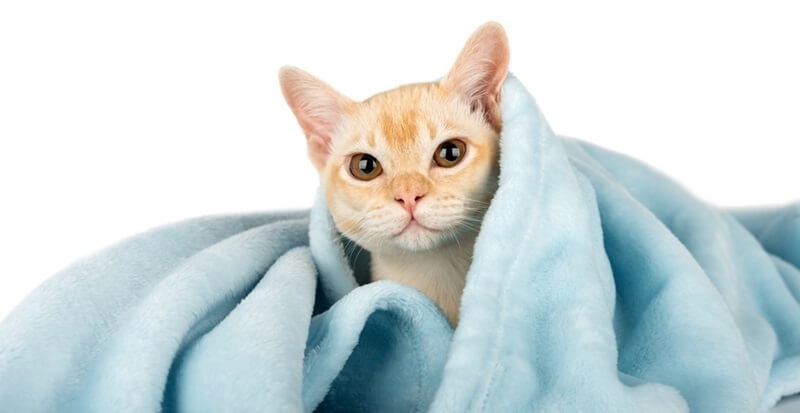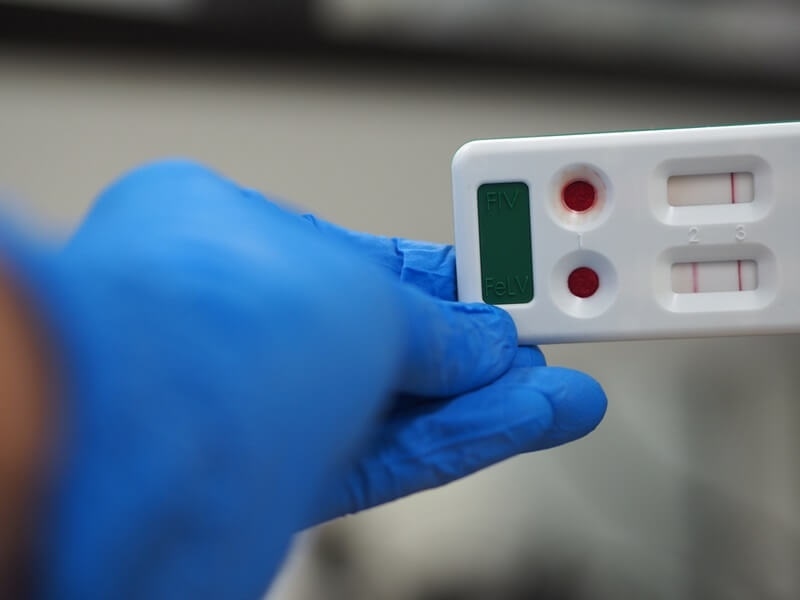
As far as your cat is concerned, identifying feline leukemia virus signs early is essential. Feline leukemia virus is one of the most prevalent infectious causes of illness and mortality in pet cats globally. Subtle manifestations may be observed in cats during the initial days of exposure, but if they are not given attention, the disease can develop into severe health complications. Knowing the feline leukemia signs in kittens, the feline leukemia in cats' average lifespan, and a good feline leukemia treatment guide can assist cat owners in making the best decisions regarding how to care for cats with leukemia and enhance their quality of life. Preventive measures also have an essential part in this process, and that's where the prevention of feline leukemia becomes a lifesaver.
The feline leukemia virus symptoms will also differ based on the infection stage, as well as the immune response of the individual cat. Cats do not always show evident health problems in their initial stages, but once the virus weakens the immune system, more visible symptoms start to appear.
Some of the most common symptoms of feline leukemia in kittens and adult cats include:
Because other feline diseases share these signs, only diagnostic vet testing can verify the existence of FeLV.
Cats that are diagnosed with FeLV tend to have a limited lifespan. The average lifespan of leukemia in cats average lifespan after diagnosis is usually 2 to 3 years, though some cats with robust immune systems can survive longer with good management. Development of the disease is primarily influenced by:
When conditions are diagnosed early, owners can focus on supportive care, balanced nutrition, and veterinary visits, all of which can greatly improve both length of life and quality of life.
There is no certain cure, but a feline leukemia treatment guide can minimize complications and improve the overall health of a cat.
Treatment is generally aimed at managing symptoms and boosting the immune system.
It is important for owners to understand that caring for a cat with leukemia will take time, patience, consistency, and veterinary support.
Preventing feline leukemia is considered one of the best ways to keep cats healthy. The feline leukemia virus is transmitted through saliva, urine, blood, and milk; thus, prevention is imperative.
Preventive care reduces transmission risk and produces healthier and happier conditions for your feline.

Kittens are considered to be especially susceptible to FeLV because their immune system cannot form in a sufficient manner for prevention. It is especially important to detect the signs of feline leukemia in kittens as early as possible.
Since kittens can be infected with FeLV from their mother, testing is highly recommended in all young cats. Detection at an early stage enables veterinarians to counsel owners on supportive care and possible vaccination programs for healthy kittens.
Once you have a conclusive diagnosis, caring for a cat with leukemia involves a strong, proactive yet compassionate approach. Cats with FeLV are at increased risk of infection and malignancy; therefore, a clean, stress-free foster environment is especially important.
While the disease can be overwhelming, many FeLV cats can live long and happy lives with proper care.
It is emotionally trying to have a cat with FeLV, but knowing the symptoms of feline leukemia virus or having a plan is reassuring. As long as you love your cat, care for their medical needs, and maintain good preventive care, they will have the best quality of life possible.
In addition to medical care, keeping your FeLV cat happy is essential to their emotional well-being. Stress can affect their immune systems—so keeping them in a calm and consistent environment is important. Gentle play, affection, and bonding routines all support mental health and emotional trust. Many pet owners also report that including a variety of safe enrichment activities—like cushioned resting spaces, puzzle feeding toys, and high window perches—also helps improve the quality of life. Emotional support can also be a great aid in effectively managing your cat with leukemia, when paired with a sound feline leukemia treatment program and proper veterinary care.
Feline leukemia virus symptoms are concerning, but knowledge and timely action are very important.
From knowing the average lifespan of cats with leukemia to adhering to a regulated feline leukemia treatment protocol, every cat owner has an active role in extending and enhancing their cat's life.
By turning the attention to feline leukemia prevention, identifying feline leukemia signs in kittens, and using practical measures in caring for cats with leukemia, owners will be able to give their cherished pets the optimal care.
This content was created by AI